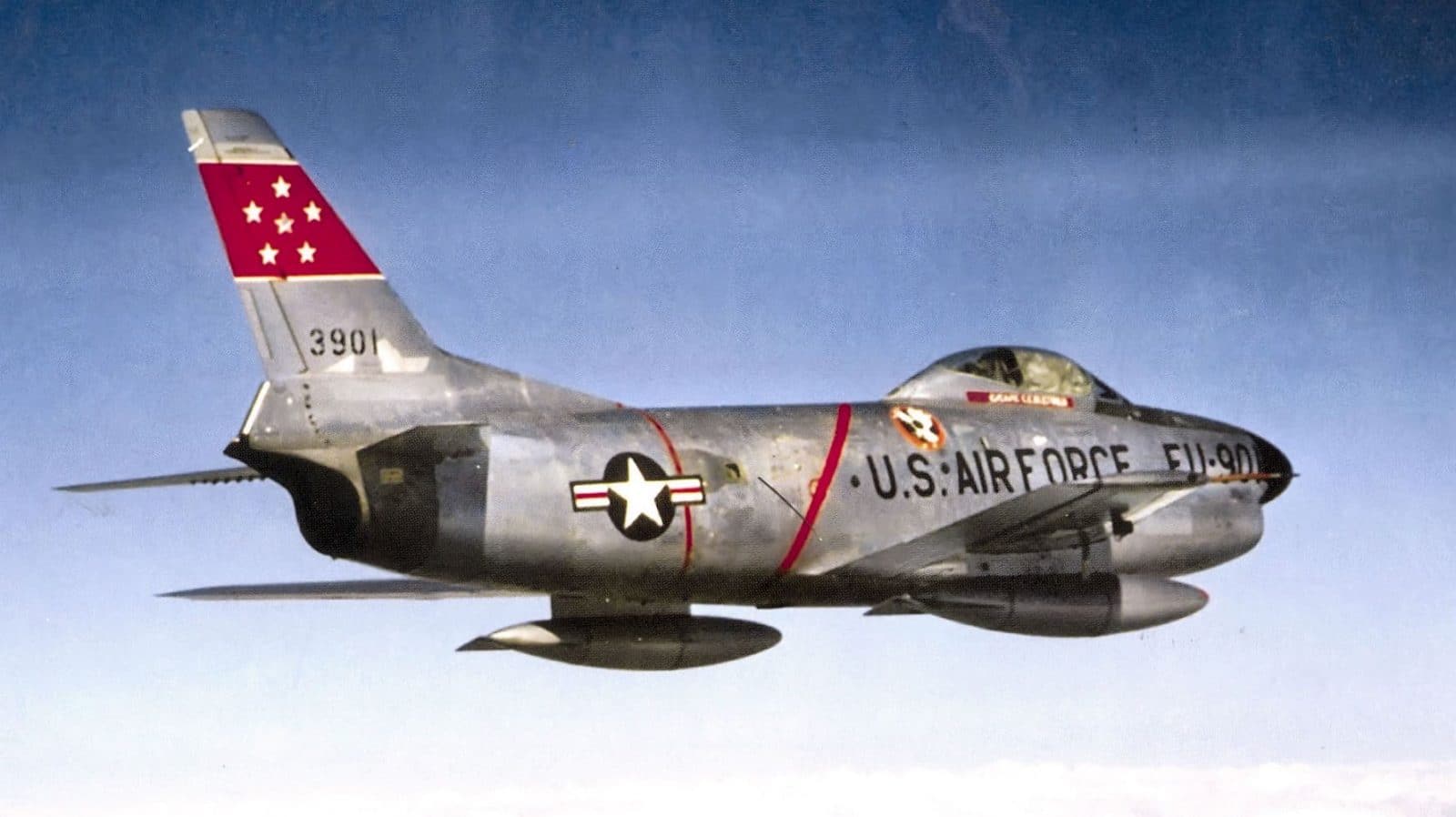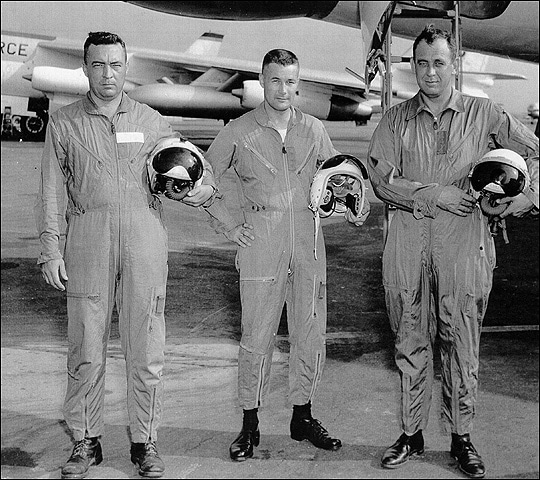The Tybee Bomb Has Resisted All Efforts to Locate It. So Far.
On February 5, 1958 a United States Air Force Boeing B-47E Stratojet, 51-2349A, callsign Ivory 2 of the 19th Bomb Wing flying out of Homestead AFB, Florida collided at approximately 0200 local time with USAF North American F-86L Sabre, 52-10108 of the 444th Fighter-Interceptor Squadron, Charleston AFB, South Carolina. The two aircraft were flying a simulated combat mission near Sylvania, Georgia. The B-47 had been flying at 38,000 feet when the collision occurred.

Atomic Bomb Jettisoned to Save the B-47 Crew
USAF Major Howard Robinson, the pilot of the B-47, lost control of the aircraft after the collision and it lost roughly 18,000 feet of altitude before control was regained. The bomber sustained heavy damage to its right wing and right outboard engine. To ensure the 7,600 pound bomb would not detonate in the event of a crash while attempting what was sure to be a difficult landing, the B-47E jettisoned its unarmed Mark 15, Mod 0 nuclear bomb training weapon casing, No. 47782, from 7,200 feet over Wassaw Sound off Tybee Beach, Georgia.

Some Impressive Flying
Major (later Colonel) Richardson was awarded the Distinguished Flying Cross for his skill in bringing the heavily damaged B-47 back and landing it without incident. So the B-47 crew, Richardson along with co-pilot 1st Lieutenant Bob Lagerstrom and radar navigator Captain Leland Woolard, landed and the F-86 pilot survived his parachute landing. All’s well that ends well but the story wasn’t over. In fact it’s still not over. The bomb was never recovered!

Searching for Decades Without a Trace
Beginning the next day, February 6, the Air Force and Navy began an exhaustive search of the entire area for the missing thermonuclear device. They searched Wassaw Sound for more than two months without finding the bomb. Since then there have been hundreds of attempts to find the weapon via live dives, sonar, magnetic anomaly detection (MAD), and remotely piloted underwater vehicles and drones. No joy!

The Likely Story…and a Fake One Too
According to the Department of Energy, the device is most likely buried under several feet of bottom silt somewhere under the waters of Wassaw Sound. Studies of radioactivity in the area and aquifiers associated with the region have found no credible evidence of abnormal radioactivity. A fake news website reported (in error) that the device had been found “by Canadian scuba divers on vacation” in 2015.

Conflicting Reports a Surprise?
Reports also conflict regarding the presence of the plutonium trigger in the device. The Pentagon states that the plutonium trigger was not installed in the weapon when it was jettisoned. However, in 1966 at Congressional Hearings, testimony was given that the Tybee bomb did have its plutonium trigger installed.
The Tybee bomb- truly a mystery for the 21st century!
